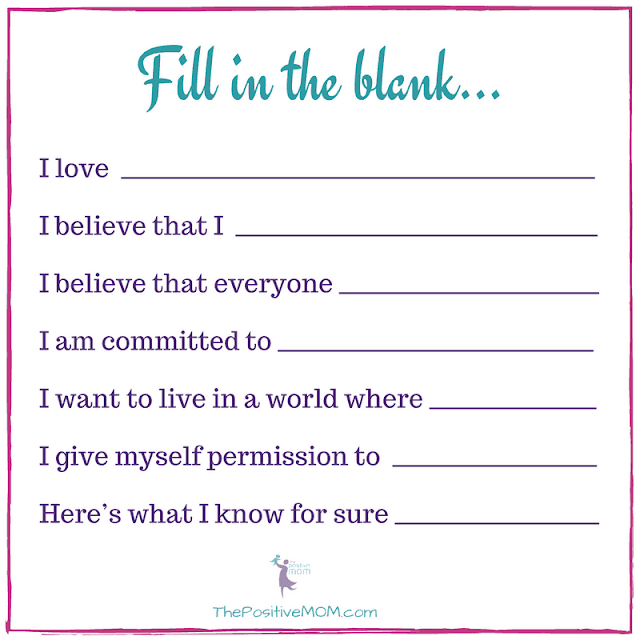A manifesto is a written declaration or statement that outlines the principles, beliefs, goals, and intentions of an individual, group, organization, or movement. It is typically a concise and persuasive document that presents a clear vision or agenda for action.
Manifestos can take various forms, such as political manifestos, artistic manifestos, or ideological manifestos, and they have been used throughout history to communicate ideas and provoke change. Here is a detailed breakdown of the key elements and characteristics of a manifesto:
Purpose: A manifesto serves as a powerful tool to articulate a set of ideals, values, or demands. It aims to inspire, mobilize, and rally support around a specific cause or belief system.
Clarity of Vision: A manifesto outlines a clear vision for the future. It provides a roadmap or blueprint for achieving a desired outcome, whether it's social reform, artistic revolution, or political transformation.
Core Principles: Manifestos typically establish a set of core principles or beliefs that guide the author's or group's actions. These principles often challenge existing norms, ideologies, or systems, offering an alternative perspective or solution.
Provocation: Manifestos are often provocative and confrontational. They aim to disrupt the status quo, challenge conventional wisdom, and spark dialogue and debate. They can be deliberately controversial to attract attention and generate momentum for the cause.
Passion and Conviction: A manifesto is driven by passion and conviction. It expresses a deep commitment and belief in the ideas and goals it presents, seeking to evoke similar emotions and commitment in its readers or audience.
Call to Action: Manifestos are not just theoretical or abstract statements. They call for action, urging individuals or society as a whole to take specific steps or engage in particular behaviors to bring about the desired change.
Simplicity and Conciseness: Manifestos are typically concise, avoiding unnecessary jargon or complex language. They strive for simplicity and clarity, making them accessible to a wide audience.
Rhetorical Devices: Manifestos often employ rhetorical devices such as repetition, metaphor, and imagery to enhance their impact. These devices help create a memorable and compelling message that resonates with readers or listeners.
Historical Context: Manifestos are often situated within a specific historical context, responding to prevalent social, political, or cultural conditions. They may emerge during times of revolution, social movements, or artistic transformations.
Influence and Legacy: Manifestos can have a lasting impact, shaping and influencing subsequent movements, ideologies, or artistic trends. They serve as a record of ideas and aspirations, inspiring future generations and serving as a touchstone for ongoing debates and discussions.
Overall, a manifesto is a passionate, persuasive, and often provocative declaration of principles and intentions. It is a means to rally support, challenge existing norms, and inspire action towards a shared vision of change.
Source: Some or all of the content was generated using an AI language model


No comments:
Post a Comment